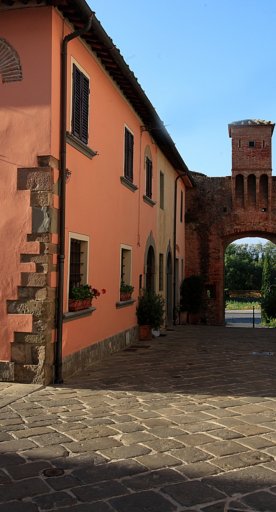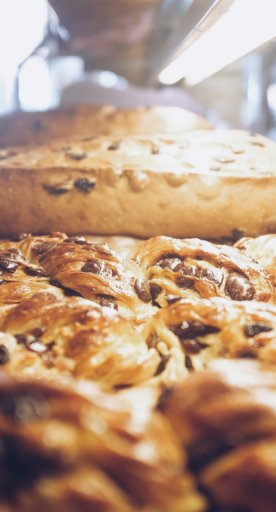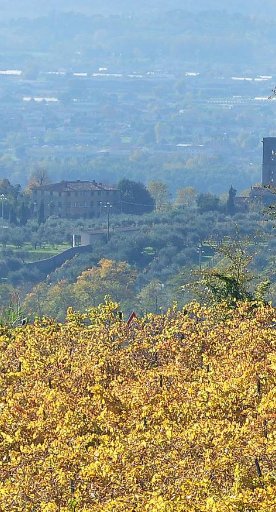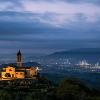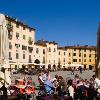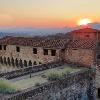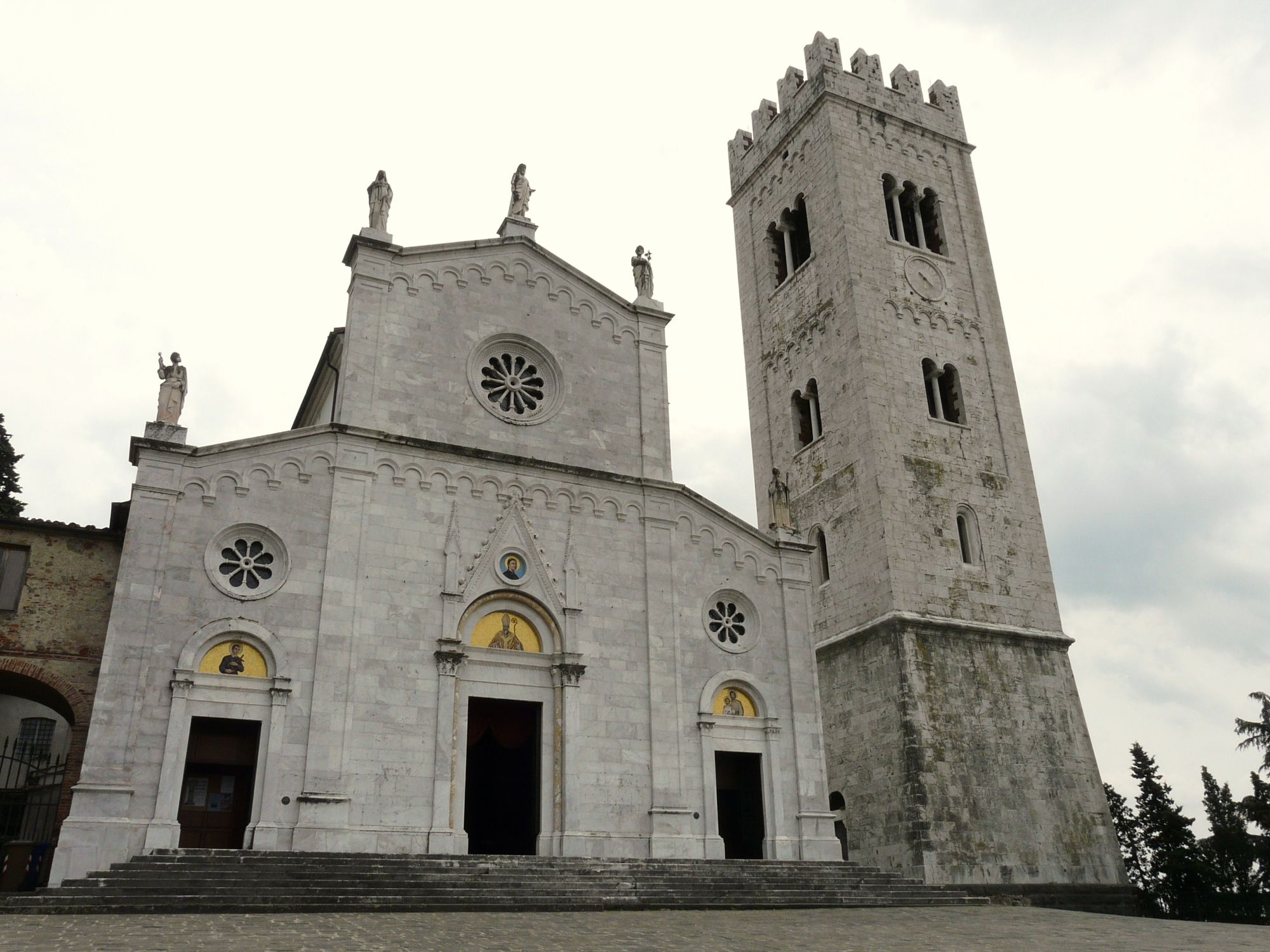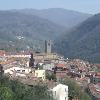The historic centre is home to notable artistic works like the church dedicated to San Jacopo, built in 1100, during the opulent period of the Ordine degli Ospitalieri.
Beside the church, the impressive bell-tower of Romanesque-Lucca origin completed in 1280, still retains its medieval semblance of a fortress.
The Piazza degli Ospitalieri is also well worth a visit, being the most fascinating part of the historic centre with its octagonal-shaped well.
Next to the church is the “Altopascio Spedale” (hospice), a welfare institution run by the Ordine Ospedaliero of the Friars of San Jacopo. Wrapped in their distinctive black cloaks, from the second half of the 11th century they were known as the Knights of the Tau; the Order’s symbol resembled the pilgrim’s wooden staff to represent their role of taking care of the wayfarers and pilgrims who were crossing the Via Francigena, and in doing so transformed their welcoming hospitality into a specialized medical shelter.
The novelty of this kind of assistance lay precisely in the healthcare model of these treatments, carried out thanks to the help of competent staff such as lay doctors and surgeons.
Continuing into the city centre, you can visit the historical collection of Altopascio which is kept inside the Loggiato Mediceo, built during the years 1472-75. The loggia, which stands just in front of the Pellegrinaio, constitutes the architectural emergency exit of Piazza Garibaldi, formerly the market square. The interesting collection documents the history of Altopascio and its surroundings.




